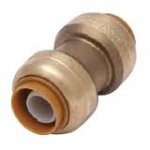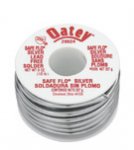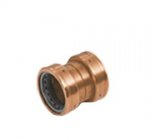How would you enforce water pipe bonding if the entire or part of the plumbing is done with these fittings? Use a bonding strap between each plumbing pipe or since each plumbing pipe is isolated from the next then it is not a complete piping system? Or since the pipes are isolated from each other then what is the likelihood of any portion of the pipe becoming energized to cause shock hazard.

I have emailed the manufacturer today to see if they are listed to carry electrical fault current.

I have emailed the manufacturer today to see if they are listed to carry electrical fault current.





